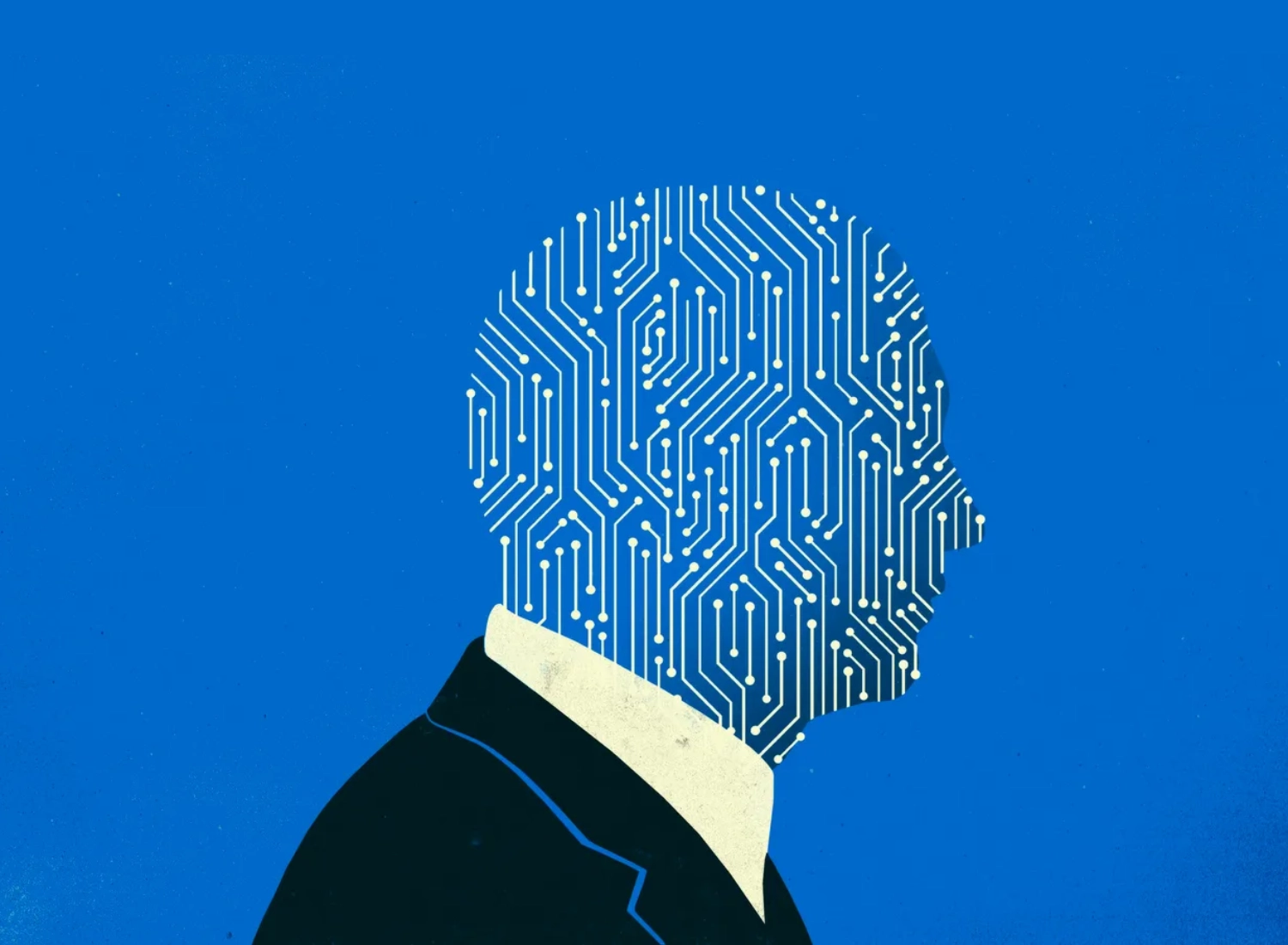
Across B2B SaaS, enterprise technology, and private equity-backed portfolios, leadership teams are accelerating their search for AI talent. Most are looking for a Head of AI. But behind the title lies a deeper issue: the role itself remains undefined.
In some organizations, it signals a technical leader building core infrastructure. In others, it points to a product strategist embedding AI into digital experiences. Many still debate whether they need a research scientist, a platform architect, or a commercial operator.
This confusion reflects a broader trend. Companies are rushing to hire AI executives without clearly articulating where they expect AI to generate value. The result is misalignment between role expectations and organizational intent. That disconnect delays impact and drains momentum.
One Role Many Interpretations
Head of AI can imply very different mandates:
- Infrastructure ownership for platform-scale model deployment
- Applied product leadership to bring AI features to market
- Internal enablement to improve workflows and decision velocity
- Strategic reinvention of the business model through AI-first thinking
Each path requires a different leader, a different skill set, and a different approach to execution. Clarity at the start determines whether the investment delivers long-term advantage.
Begin with the Business Outcome
Before writing a job description or launching a search, leadership should answer one question:
Where should AI deliver measurable business value
That single decision will guide the scope of the role, the competencies required, and the type of executive needed. AI applied to strategy looks different than AI applied to customer experience or internal operations. Defining the outcome first ensures the hire is structured for impact.
Four Emerging AI Leadership Archetypes
Through work with AI-native startups and scaled enterprises undergoing transformation, four distinct executive profiles are becoming dominant:
1. AI Architecture Leader
Focuses on building foundational systems. Typically emerges from applied research or systems engineering. Ideal for companies developing proprietary models or internal AI platforms.
2. Applied AI Product Strategist
Operates at the intersection of technology and product. Translates model capabilities into user-facing features. Prioritizes rapid experimentation and cross-functional delivery.
3. Operational AI Optimizer
Drives efficiency and productivity across teams. Leverages AI for workflow automation, copilots, and knowledge enablement. Often works closely with COO and CIO functions.
4. Transformational AI Executive
Redefines business lines and commercial strategy. Identifies new market opportunities enabled by generative or predictive technologies. Requires fluency in both capital allocation and AI trends.
Each archetype delivers distinct value. Each carries unique resource requirements, cultural implications, and execution risks. Titles alone are not indicators of success. Alignment with the organization’s ambition is the only reliable reference point.
Execution Depends on Alignment
Companies that define the business need before drafting the role are consistently more successful. They move with clarity. They hire with intent. They build AI capabilities that support strategic growth rather than experimental overhead.
Executives are not interchangeable assets. Especially in AI, where the technology is evolving faster than most organizational structures can adapt, precision matters.

